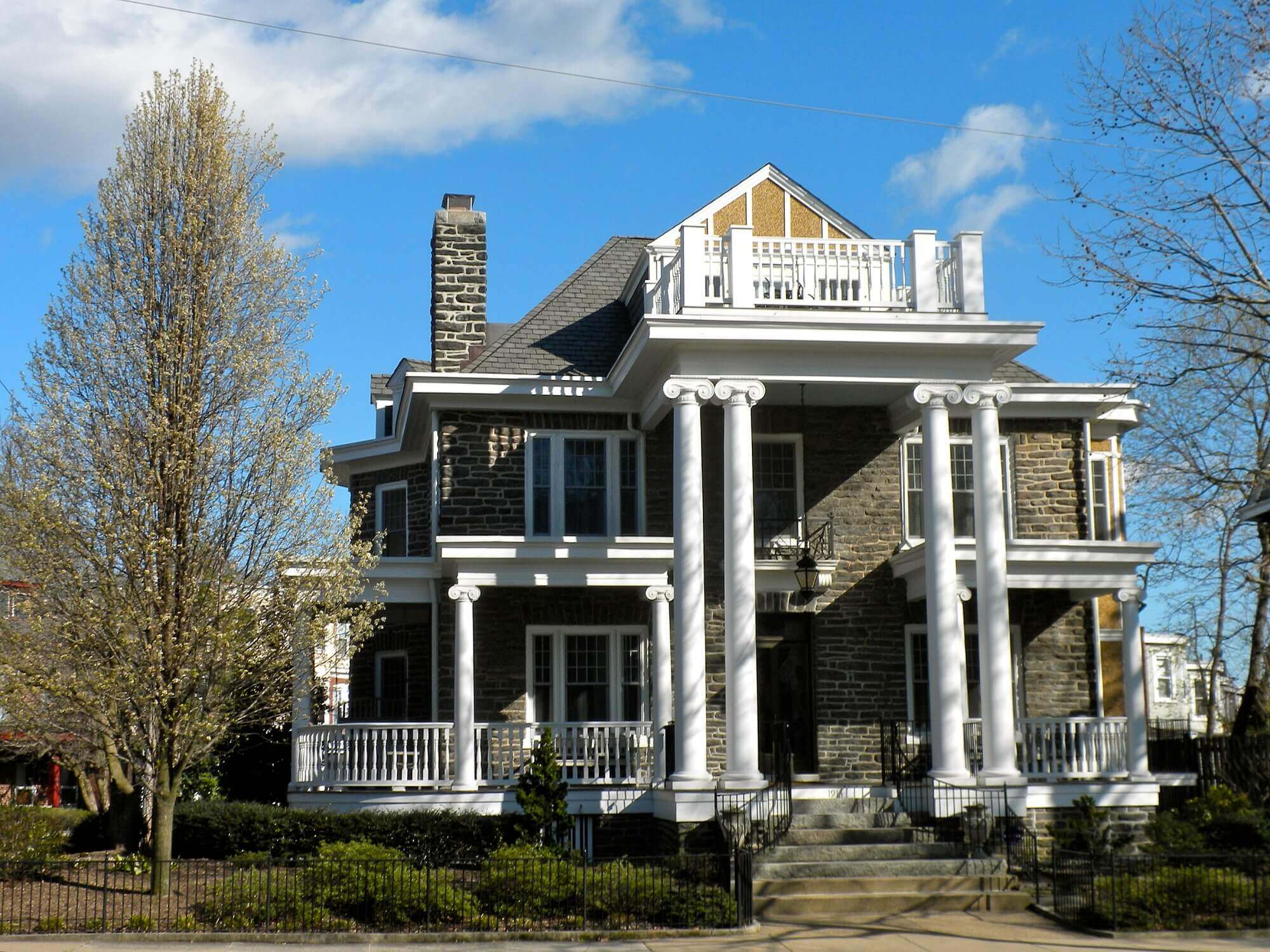Are you in search of enjoyable summertime activities in Wilmington, Delaware? The largest city in the First State offers a great variety of leisure pursuits in an exciting urban landscape.
A Brief Wilmington History
Today, Wilmington offers state-of-the-art recreational facilities. However, as you search for attractions in this region, it makes sense to remain aware of Delaware’s illustrious history. Thomas Penn issued a charter to settle the town of Wilmington in 1739. This region still contains numerous historical landmarks of interest to history buffs.
Some of the significant events that shaped Wilmington remain evident in public attractions here. For example, the City briefly served as General Washington’s headquarters during the American Revolutionary War (shortly before his painful defeat at the Battle of Brandywine). Afterward, in 1777, British forces captured Wilmington.
When a terrible yellow fever epidemic struck Philadelphia in 1793, hundreds of terrified residents fled that city to seek shelter in Wilmington. Later, this historic Delaware community became the site where E.I. du Pont de Nemours launched his commercial enterprises. He manufactured gunpowder near Wilmington, and eventually inspired the development of a successful chemical company. The wealthy du Pont family donated generously to local artistic and civic events here during the 1800s and 1900s. Today, visitors can tour the palatial Nemours Estate, a 77-room mansion built by Alfred I. du Pont (son of E.I. du Pont de Nemours).
Wilmington became chartered as a city in Delaware in 1832. Whaling vessels docked here frequently during the 1800s. The community attracted large numbers of Black Americans, particularly during the years following the Civil War, when many former slaves sought better economic opportunities offered by the North. By 1980, Wilmington had developed a Black majority.
Nine Fun Summer Weekend Activities in Wilmington
While it may prove necessary to maintain social distancing guidelines this summer, there are still several activities to enjoy.
1. Dine at a Restaurant or Bistro
Wilmington offers far too many excellent shopping and dining locations to list them all. Some popular downtown sites for foodies include:
- Columbus Inn Restaurant
- Grotto Pizza
- La Fia Bistro
- Pete’s Pizza
- Hotel du Pont (several dining rooms)
The Hotel du Pont also includes a convention center. Consider visiting its magnificent Gold Ballroom at 42 West 11th Street to appreciate the opulence of the hotel built by the du Pont family!
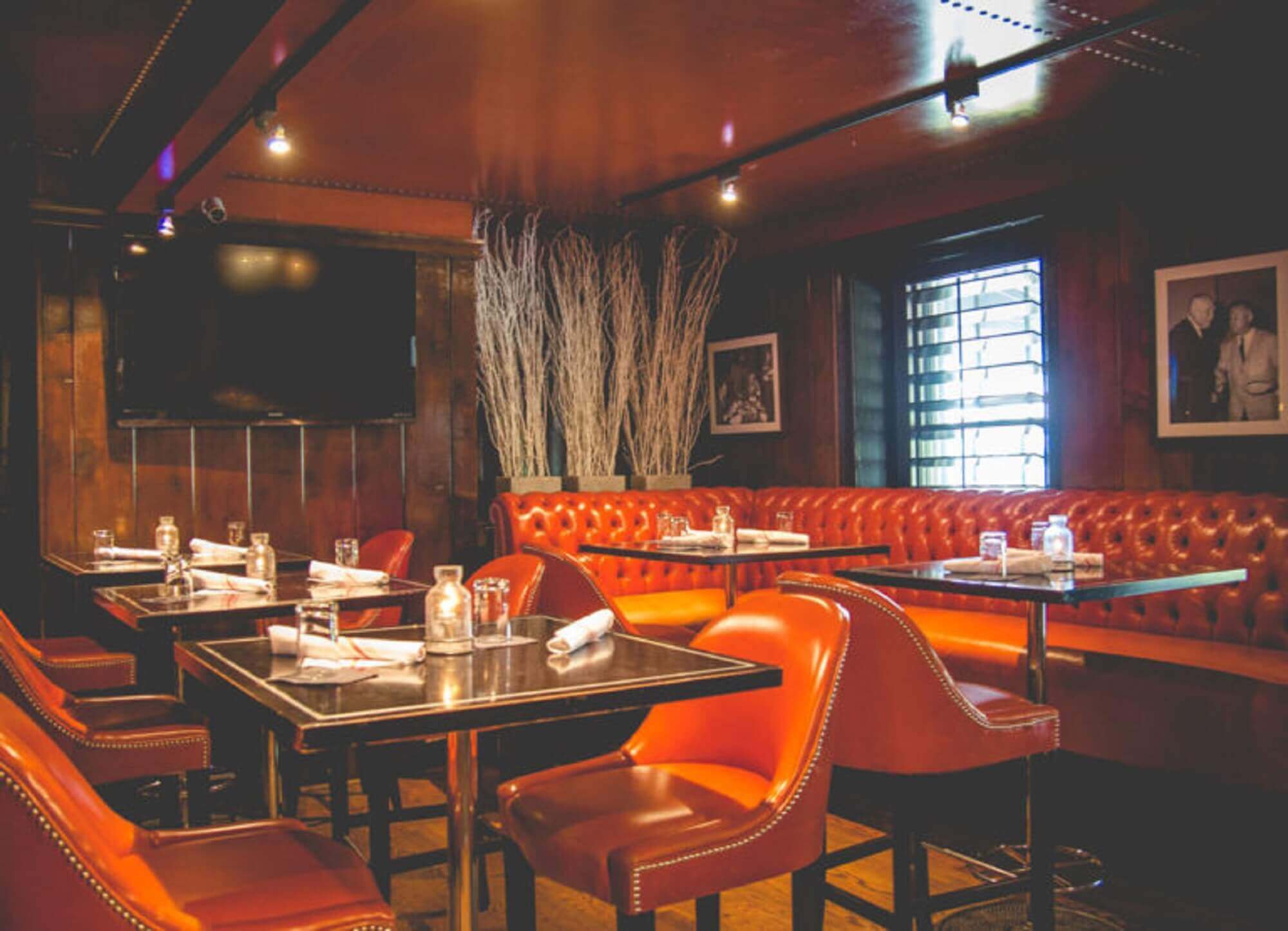
2. Visit The Delaware Art Museum
In 1912, the community built a museum to commemorate the life of Howard Pyle, a Wilmington native known for his work as an artist and illustrator. Today, the Delaware Art Museum features over 12,000 objects, including works by Pyle, Pre-Raphaelite pieces, and examples of art from 19th-century, 20th-century, and Post WWII American artists. Visitors can explore indoor exhibits or stroll through the adjacent 9-acre sculpture garden.
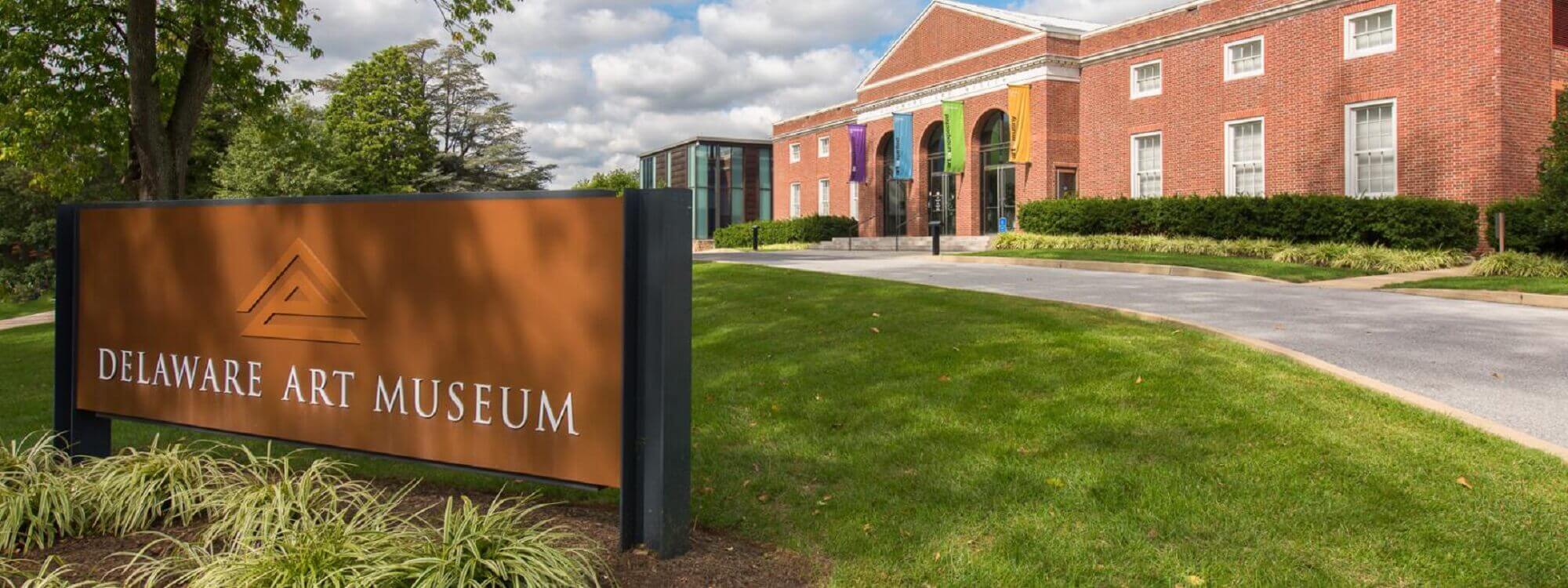
3. Go Golfing
The Brandywine Valley is known as a golfing destination, with plenty of public courses for those who wish to hit the links. Vacationers and residents alike enjoy courses like Rock Manor Golf Club, White Clay Creek Country Club, and Deerfield.
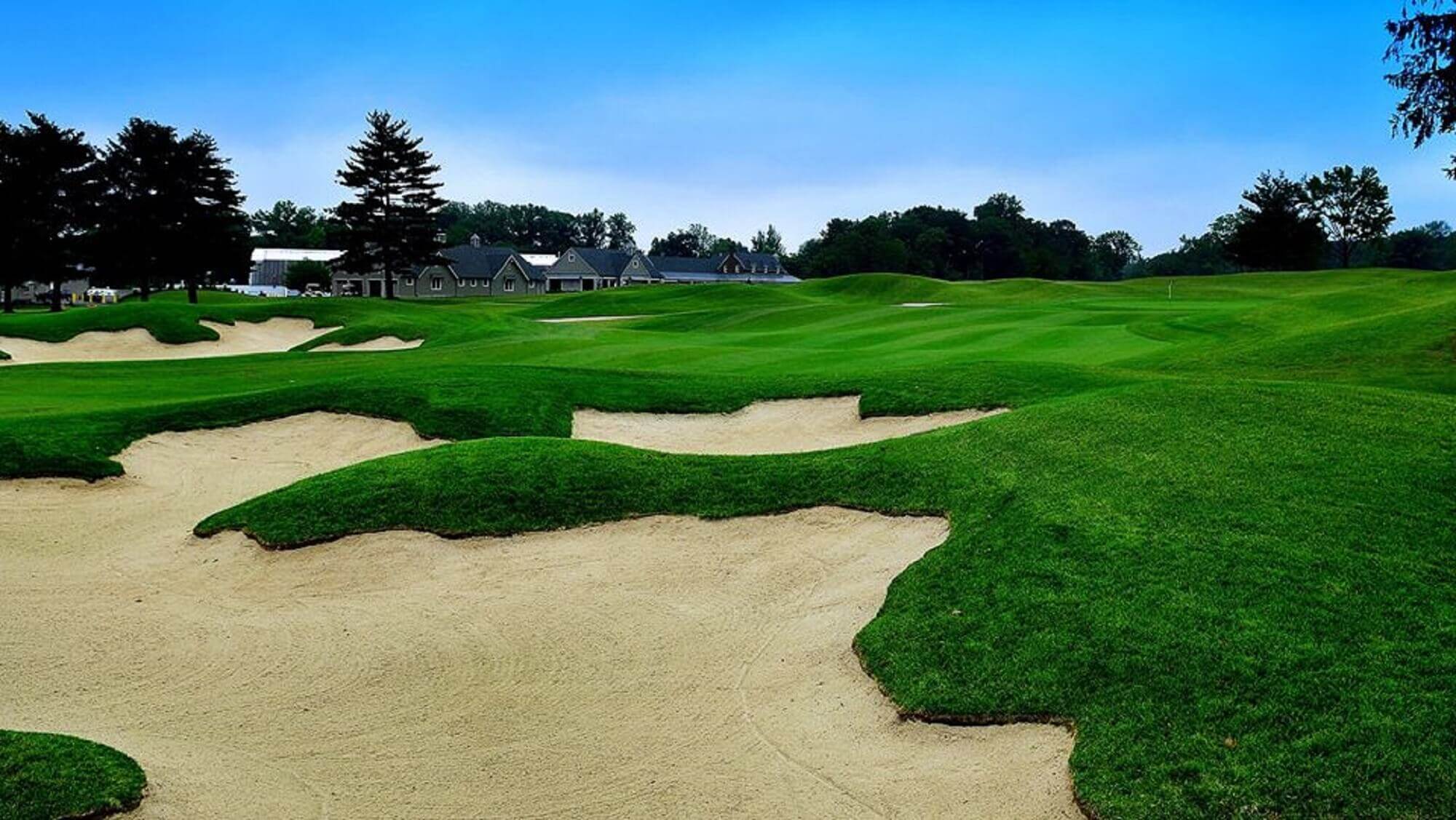
4. Watch Live Performances at the Grand Opera House
The Delaware Grand Lodge of Masons built the 1208-seat Grand Opera House as a Masonic Temple in 1871. After a stint as a movie theater during the 20th century, the building underwent an extensive restoration, restoring it to its former glory. Today, the Grand Opera House has a full roster of live performances, ranging from Children’s Theatre to operas, to the Delaware Symphony.
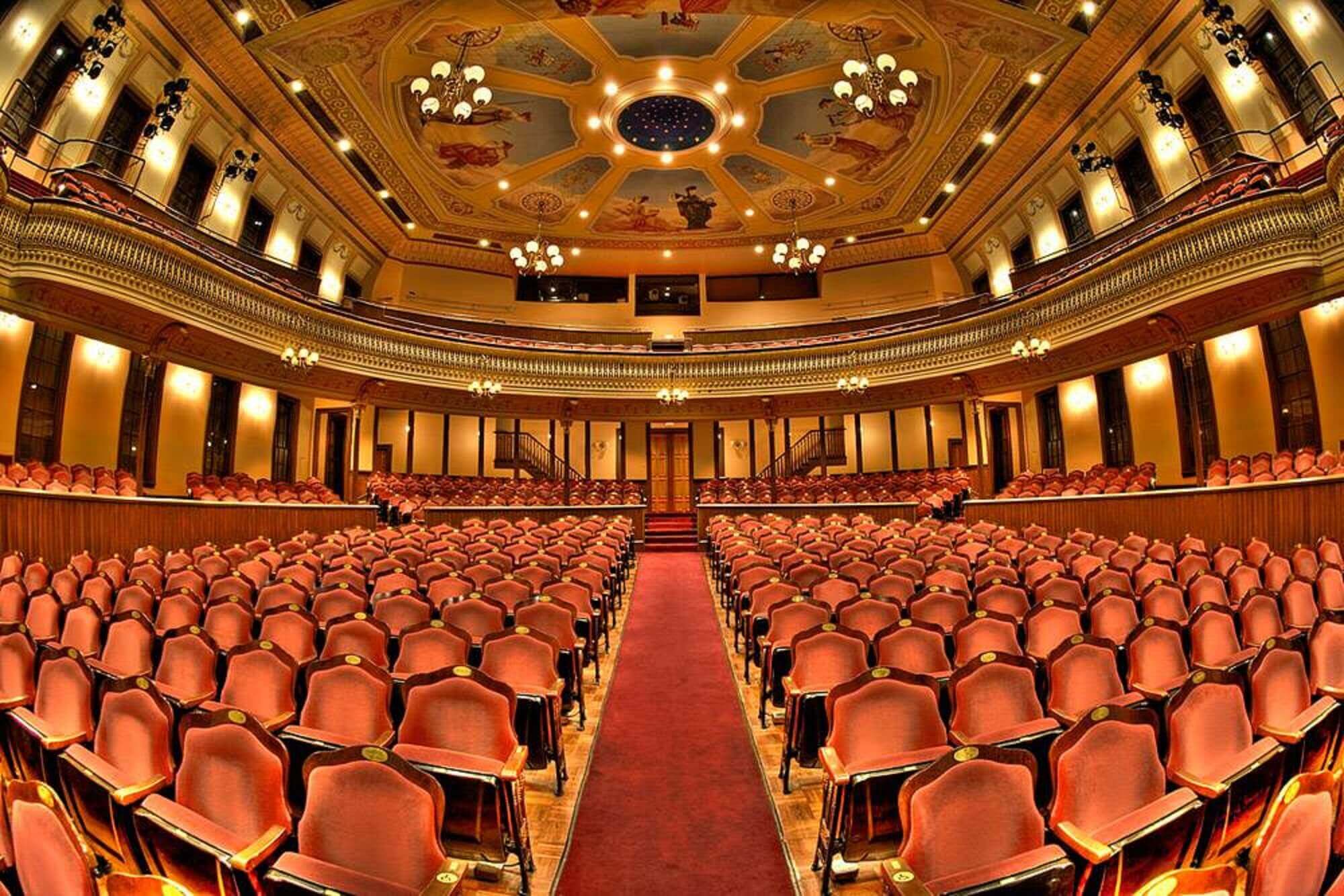
5. Hike, Bike, and Picnic at Local Parks
Explore the local trails or find a place to picnic among Wilmington’s 552 acres of parkland. Some popular local parks include:
- Brandywine Park: A 178-acre park inspired by Frederick Law Olmstead’s “Natural Landscape Movement.” Along with formal gardens and expansive green lawns, you’ll find a sports stadium and the Brandywine Zoo.
- Rockford Park: Wealthy philanthropist William Bancroft and the DuPont family collectively donated 68 acres of land to create this beautiful park for the enjoyment of all Wilmington citizens.
- Alapocas Run State Park: Also carved from land donated by William Bancroft, the Alapocas Run State Park is a 415-acre park featuring several miles of trails, rock climbing, athletic fields, and an expansive Boundless Playground.
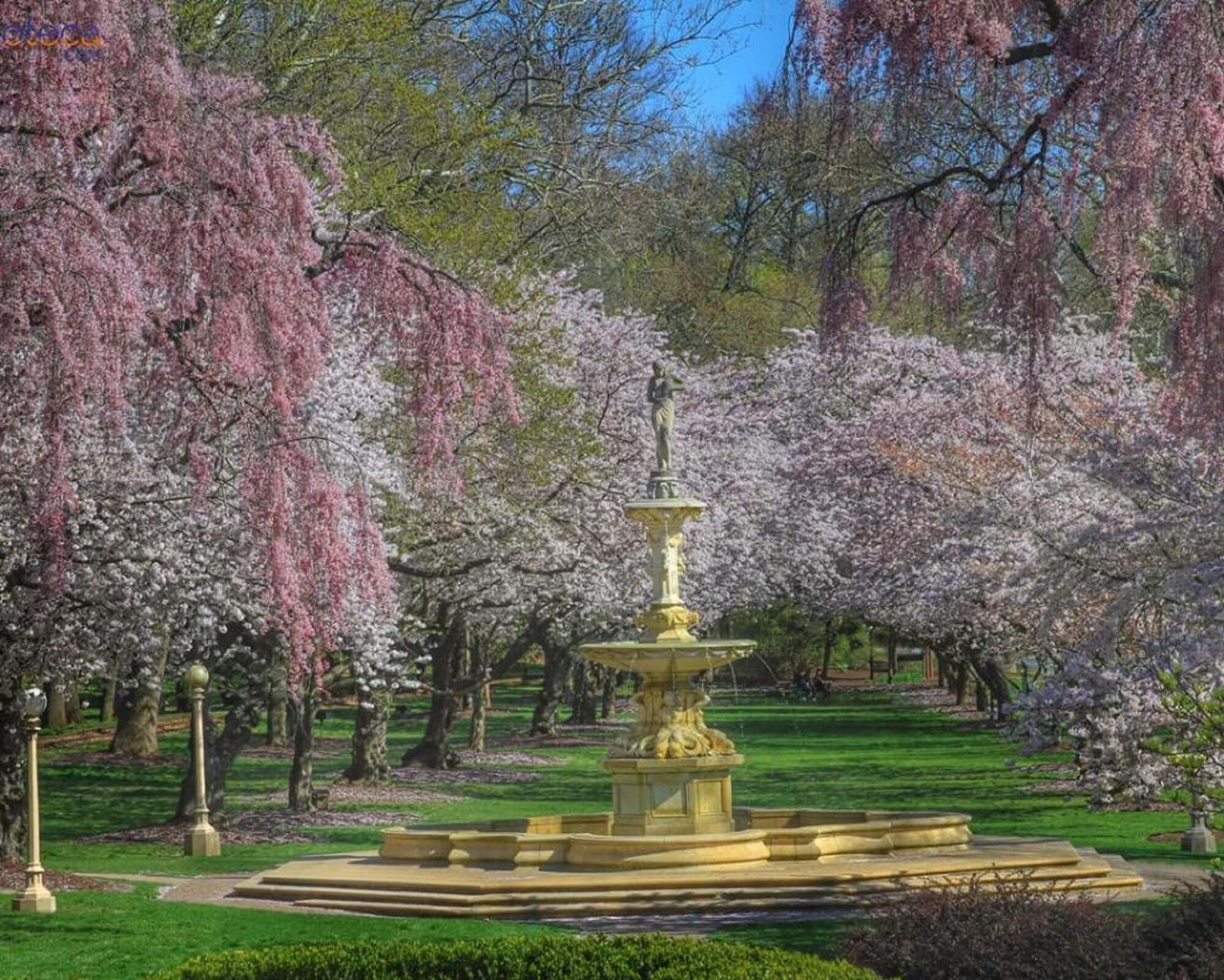
6. Enjoy Swimming
The City of Wilmington announced it would open several public swimming pools between July 1 and August 8, 2020. The City will implement additional cleaning protocols to make swimming available even during the Pandemic. Consider visiting some of these popular pools to cool off from the summer heat:
- Foster Brown Pool, between 7th and Lombard Streets
- Eden Park Pool, on New Castle Avenue
- William “Hicks” Anderson Center, at Fifth and Madison Streets
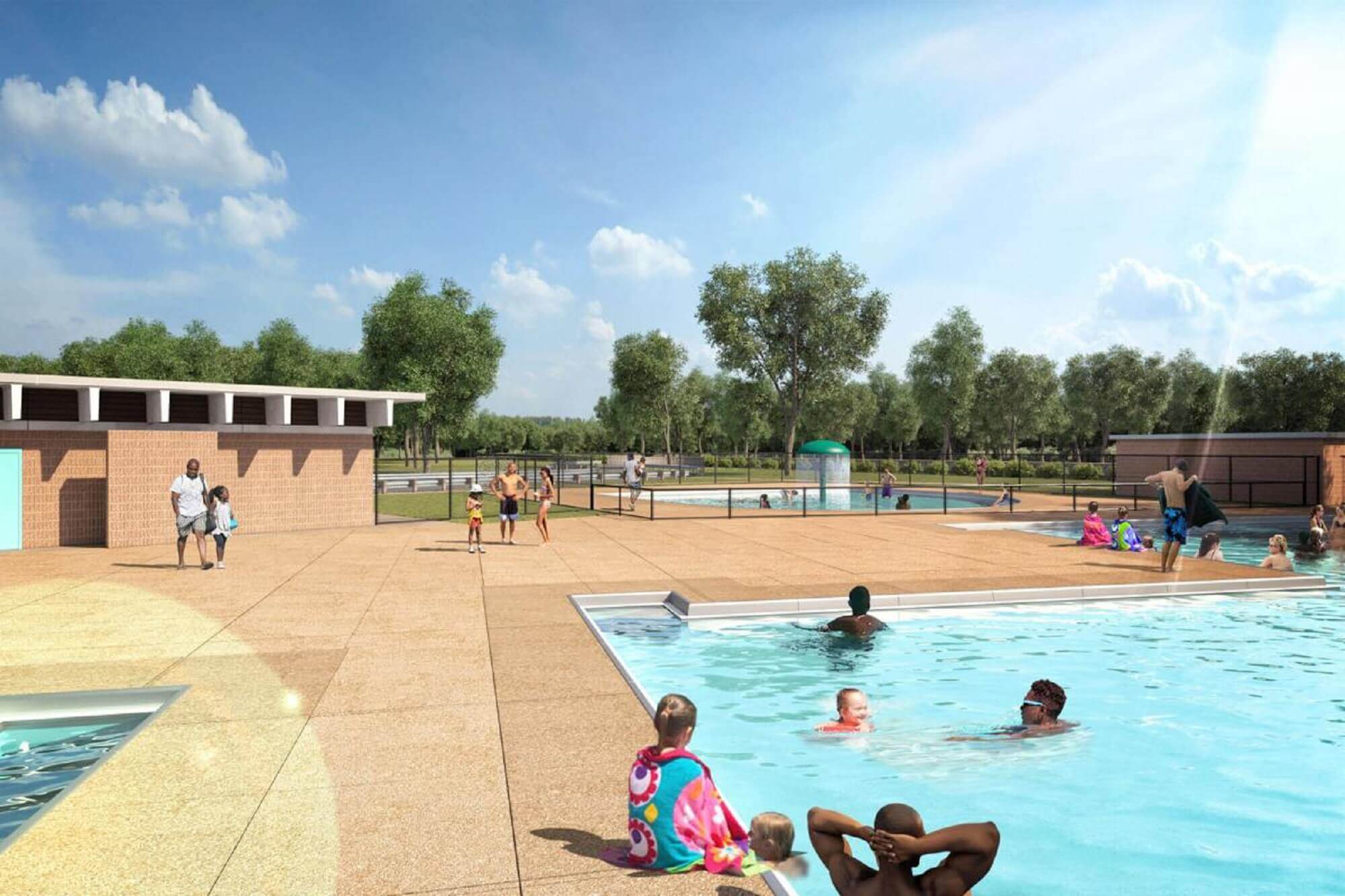
7. Tour The Brandywine Zoo
The small Brandywine Zoo stands near the middle of Brandywine Park at 1001 N. Park Drive. Although not large by modern metropolitan standards, the zoo allows people residing in a densely populated urban center to relate to the beauty and diversity of wildlife. See everything from red pandas to bald eagles and Italian honeybees.
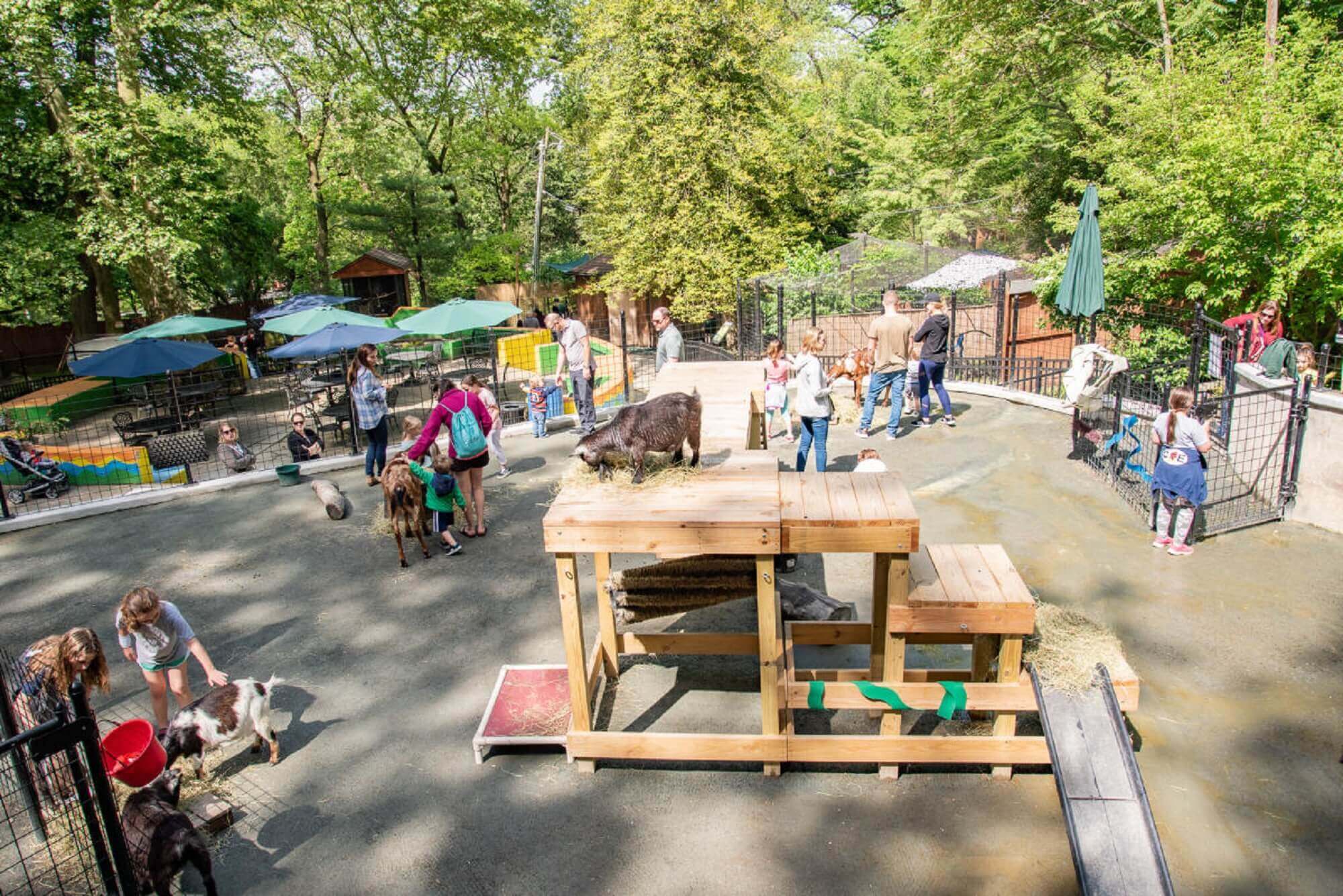
8. Visit The Winterthur Museum, Gardens, and Library
A short drive northwest of Wilmington along Route 52 brings visitors to the magnificent Winterthur Museum, located on the estate of the late industrial magnate Henry Francis Dupont. Tour the spectacular formal gardens, then spend some time admiring a considerable collection of American furniture and household decorative art. This museum contains pieces of interest to both antique collectors and designers.
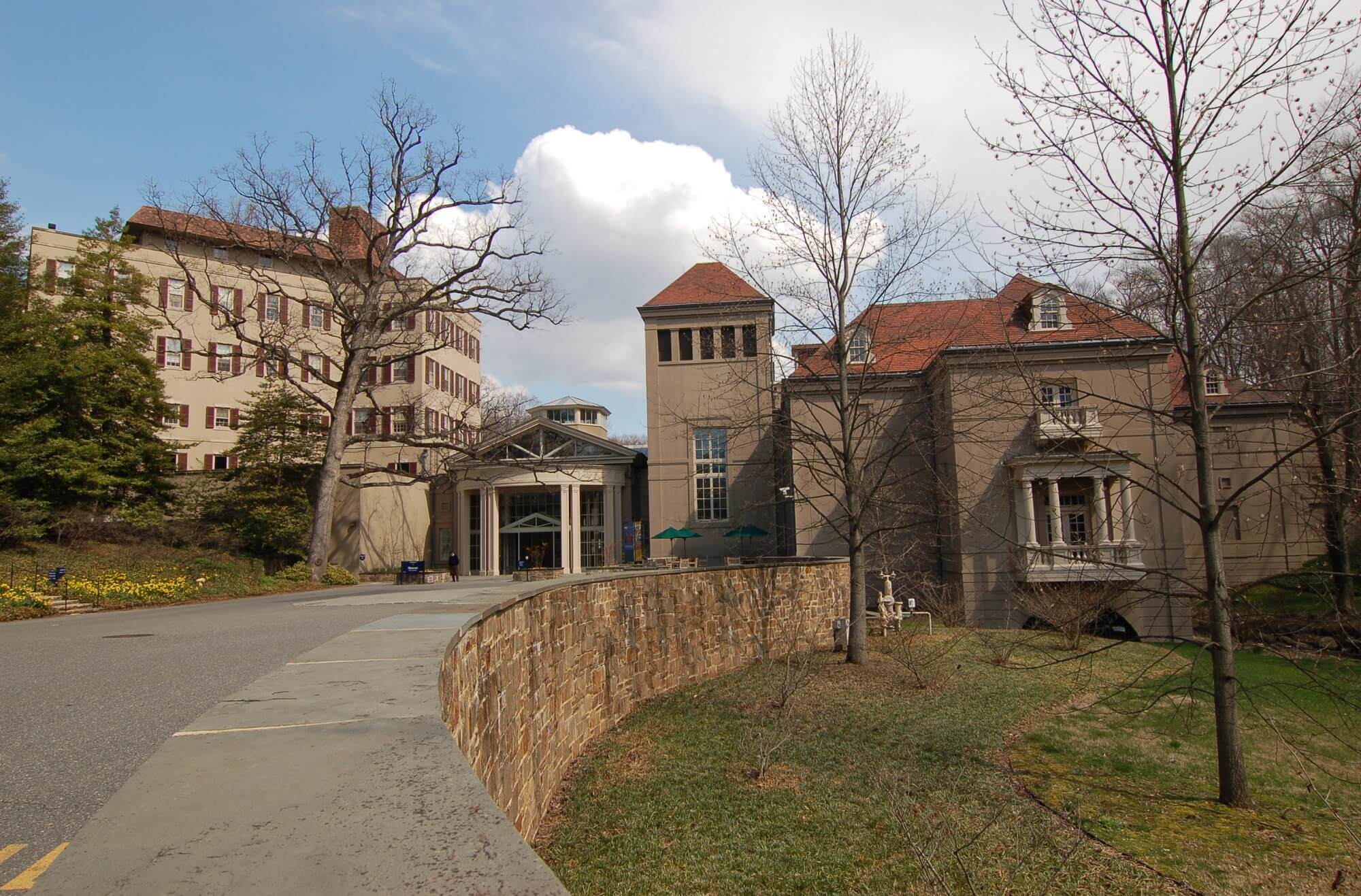
9. Take a Walking Tour of The Baynard Boulevard Historic District
During summer months, residents learn more about Wilmington’s past by taking a relaxing walking tour of the historic district, one of the city’s most interesting neighborhoods. Baynard Boulevard (just north of Washington Street and Brandywine Park) and adjoining streets still contain many sites of historical significance. Spend some time admiring architecture from much earlier periods.
